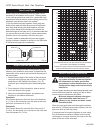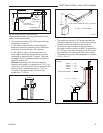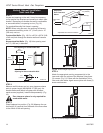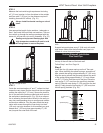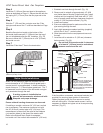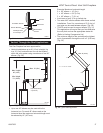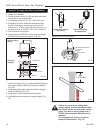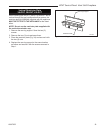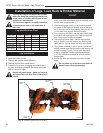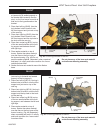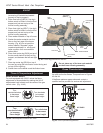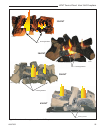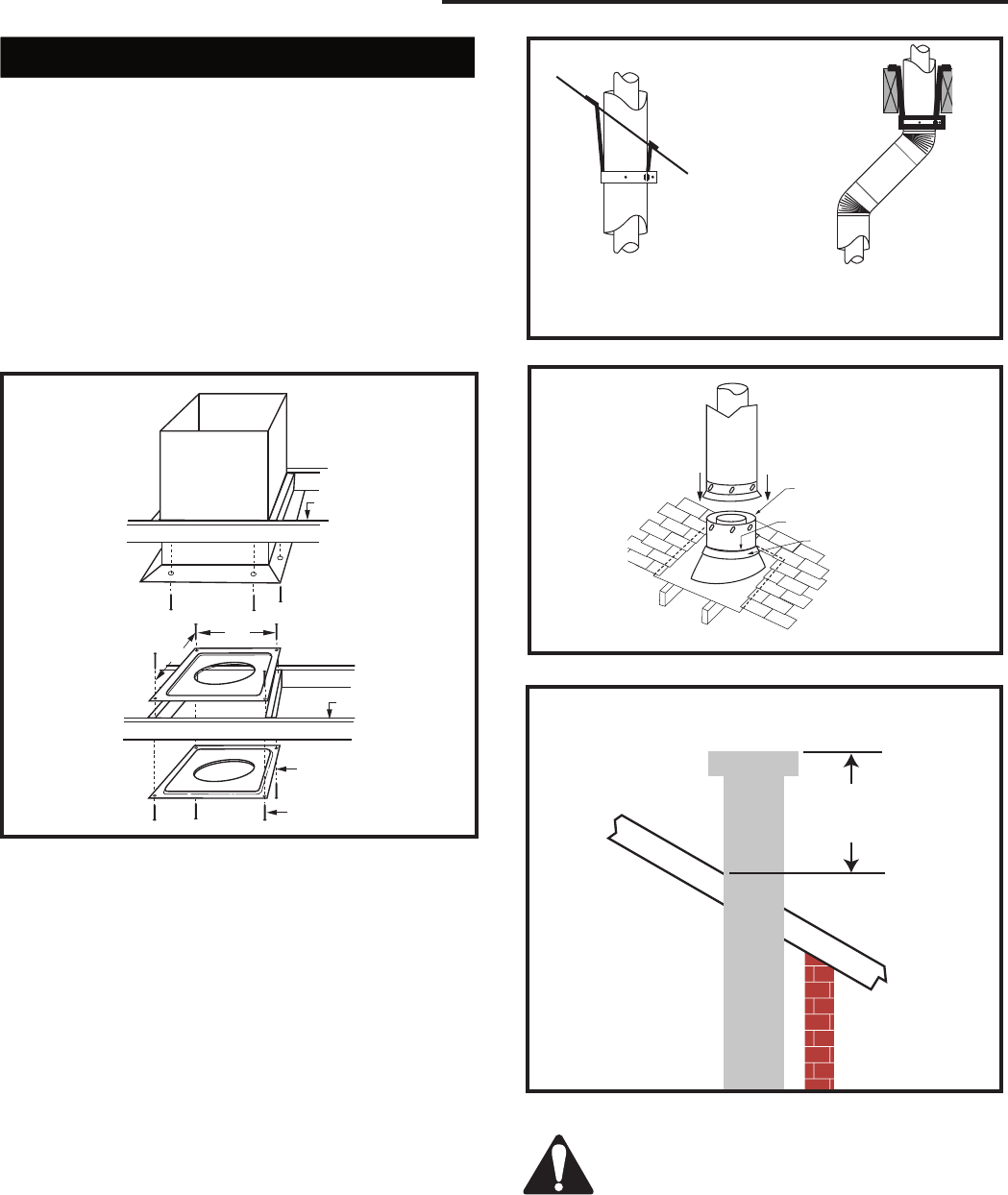
18
LDVT Series Direct Vent Gas Fireplace
10007852
Vertical Through-the-Roof Installation
1. Locate your fireplace.
2. Plumb to center of the (4” (102 mm) flue collar from
ceiling above and mark position.
3. Cut opening equal to 9
³⁄₈” x 9³⁄₈” (240 x 240 mm).
4.
Proceed to plumb for additional openings through
the roof. In all cases, the opening must provide a
minimum of 1” (25mm) clearance to the vent pipe, i.e.,
the hole must be at least 9³⁄₈” x 9³⁄₈” (240 x 240 mm).
5. Place fireplace into position.
6. Place firestop(s) #7DVFS or Attic Insulation Shield
#7DVAIS into position and secure. (Fig. 30)
CFM100a
Firestop-Vertical
11"
(279mm)
11"
(279mm)
Attic Insulation
Shield
Joist
Ceiling In-
stallation
Joist
Upper Floor
Firestop Spacer
Nails (4)
CFM100a
Fig. 30 Place firestop spacer(s) and secure.
If there is a room above ceiling level,
firestop spacer must be installed on both
the bottom and the top side of the ceiling
joists. If an attic is above ceiling level a
7DVAIS (Attic Insulation Shield) must be
installed.
The enlarged ends of the vent section
always face downward. (Fig. 32)
CFM110
Typical ceiling/roof support
10/90
Typical Roof Support
Application
Typical Ceiling Sup
-
port Application
CFM110
Fig. 31 Roof and ceiling supports.
Min.
2' (610 mm)
CFM190
TTR Ternim. 2'
1/25/02 sta
CFM190
Fig. 33 Minimum termination to roof clearance.
7. Install roof support (Fig. 31) and roof flashing making
sure upper flange of flashing is below the shingles.
(Fig. 32)
8. Install appropriate pipe sections until the venting is
above the flashing. (Fig. 32)
9. Install storm collar and seal around the pipe.
10. Add additional vent lengths for proper height. (Fig.
33)
TWL101a
Twist Lock Pipe
2/8/99 djt
#8 Sheet Metal Screws
(3 per joint)
Sealant
Storm Collar
TWL101a
Fig. 32 Roof flashing.





